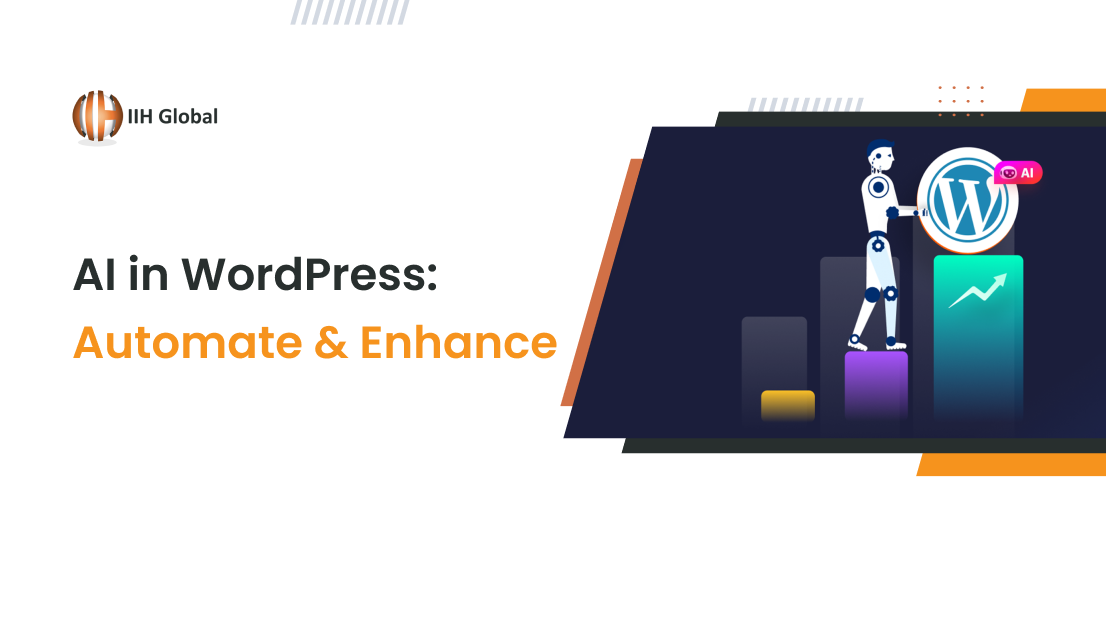Benefits and Drawbacks of Developing a Hybrid Application With Ionic Framework
With the proliferation of smartphones and the ever-expanding digital ecosystem, businesses and startups are increasingly turning to mobile applications to engage with their audience. Hybrid mobile applications, which combine elements of both native and web applications, have gained significant traction in recent years. One of the prominent frameworks for hybrid app development is Ionic Framework. Ionic Framework offers a cost-effective solution for mobile app development, particularly for businesses with budget constraints. Its open-source nature allows developers to leverage a plethora of pre-built components, reducing development time and costs significantly. Moreover, the framework's extensive documentation and robust community support streamline the development process, enabling faster time-to-market. One of the most compelling advantages of Ionic Framework is its ability to create cross-platform applications using a single codebase. By utilizing web technologies such as HTML, CSS, and JavaScript, developers can build apps that run seamlessly on both iOS and Android devices. This eliminates the need to maintain separate codebases for different platforms, thereby simplifying the development and maintenance process. Ionic Framework boasts a vibrant community of developers and contributors who continuously develop and maintain a vast array of plugins and extensions. These plugins extend the functionality of Ionic apps, allowing developers to integrate features such as geolocation, push notifications, and camera access with ease. Additionally, the active community provides ample resources, tutorials, and forums for troubleshooting and knowledge sharing, empowering developers to overcome challenges efficiently. While Ionic Framework enables cross-platform development, it may not match the performance of native applications, especially for graphics-intensive or computation-heavy tasks. Hybrid apps rely on web views to render content, which can result in slower performance compared to native code execution. This limitation may impact the user experience, particularly for demanding applications that require smooth animations and responsive interactions. Despite advancements in hybrid app development, achieving the same level of user experience as native applications remains a challenge. Native apps are tailored to specific platforms, leveraging platform-specific design guidelines and interactions to deliver a seamless user experience. In contrast, hybrid apps built with Ionic may exhibit inconsistencies in design and behavior across different platforms, potentially leading to user frustration and dissatisfaction.Benefits of Developing Hybrid Applications with Ionic Framework
1. Cost-effectiveness and Time-efficient Development Process:
2. Cross-platform Compatibility and Single Codebase:
3. Access to a Wide Range of Plugins and Community Support:
Drawbacks of Developing Hybrid Applications with Ionic Framework
1) Performance Limitations Compared to Native Applications:
2) User Experience May Not Match Native App Standards:
3) Limited Access to Hardware Features of Mobile Devices:
Another drawback of hybrid app development with Ionic Framework is the limited access to hardware features of mobile devices. While Ionic provides plugins for common functionalities such as camera and GPS, accessing advanced hardware features may require additional customization or native code integration. This limitation can restrict the scope of functionality and compromise the overall user experience, particularly for apps that rely heavily on device-specific features.
Conclusion
Ionic Framework offers cost-effective development, cross-platform compatibility, and community support. However, it may suffer performance limitations and user experience disparities compared to native apps.
Have you considered using Ionic Framework for your mobile app development projects? Get in touch with us or email us at sales@iihglobal.com to learn more about leveraging Ionic Framework for your next mobile app project.







